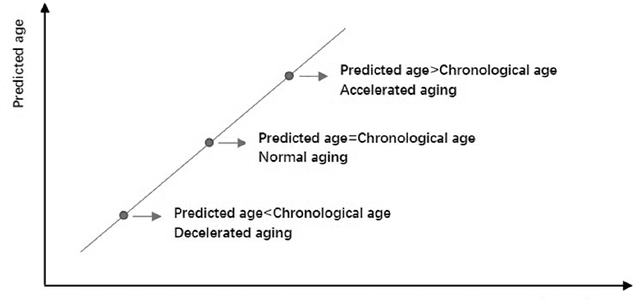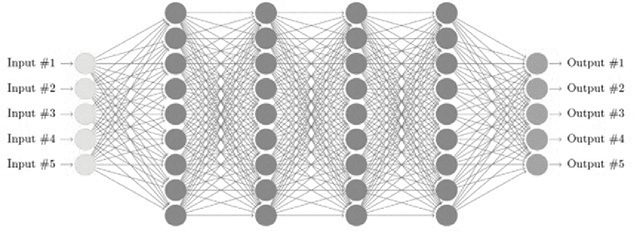Zhaonian Zhang
Triamese-ViT: A 3D-Aware Method for Robust Brain Age Estimation from MRIs
Jan 13, 2024Abstract:The integration of machine learning in medicine has significantly improved diagnostic precision, particularly in the interpretation of complex structures like the human brain. Diagnosing challenging conditions such as Alzheimer's disease has prompted the development of brain age estimation techniques. These methods often leverage three-dimensional Magnetic Resonance Imaging (MRI) scans, with recent studies emphasizing the efficacy of 3D convolutional neural networks (CNNs) like 3D ResNet. However, the untapped potential of Vision Transformers (ViTs), known for their accuracy and interpretability, persists in this domain due to limitations in their 3D versions. This paper introduces Triamese-ViT, an innovative adaptation of the ViT model for brain age estimation. Our model uniquely combines ViTs from three different orientations to capture 3D information, significantly enhancing accuracy and interpretability. Tested on a dataset of 1351 MRI scans, Triamese-ViT achieves a Mean Absolute Error (MAE) of 3.84, a 0.9 Spearman correlation coefficient with chronological age, and a -0.29 Spearman correlation coefficient between the brain age gap (BAG) and chronological age, significantly better than previous methods for brian age estimation. A key innovation of Triamese-ViT is its capacity to generate a comprehensive 3D-like attention map, synthesized from 2D attention maps of each orientation-specific ViT. This feature is particularly beneficial for in-depth brain age analysis and disease diagnosis, offering deeper insights into brain health and the mechanisms of age-related neural changes.
Machine Learning-based Biological Ageing Estimation Technologies: A Survey
Jun 25, 2022



Abstract:In recent years, there are various methods of estimating Biological Age (BA) have been developed. Especially with the development of machine learning (ML), there are more and more types of BA predictions, and the accuracy has been greatly improved. The models for the estimation of BA play an important role in monitoring healthy aging, and could provide new tools to detect health status in the general population and give warnings to sub-healthy people. We will mainly review three age prediction methods by using ML. They are based on blood biomarkers, facial images, and structural neuroimaging features. For now, the model using blood biomarkers is the simplest, most direct, and most accurate method. The face image method is affected by various aspects such as race, environment, etc., the prediction accuracy is not very good, which cannot make a great contribution to the medical field. In summary, we are here to track the way forward in the era of big data for us and other potential general populations and show ways to leverage the vast amounts of data available today.
* in Recent Advances in AI-enabled Automated Medical Diagnosis https://www.routledge.com/Recent-Advances-in-AI-enabled-Automated-Medical-Diagnosis/Jiang-Crookes-Wei-Zhang-Chazot/p/book/9781032008431
 Add to Chrome
Add to Chrome Add to Firefox
Add to Firefox Add to Edge
Add to Edge